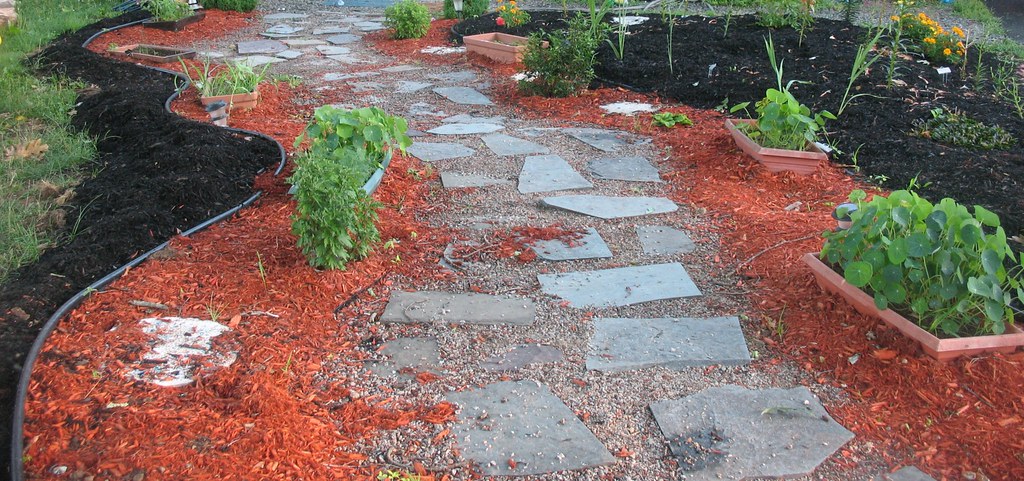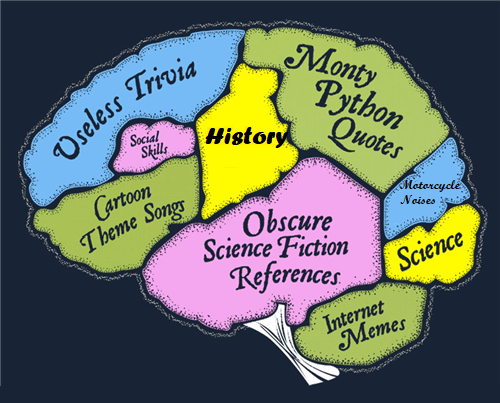When I began working in the library yesterday, I quickly realized the scope and complexity of the task ahead of me. The materials had never been cataloged or given accession numbers. Essentially it was a tabula rasa -- as was I, since I had never cataloged or archived anything, years of researching in libraries and archives notwithstanding. It all seemed rather daunting -- where to even begin?
But, between May 22 and yesterday I had taken "The Basics of Archives," a distance learning course offered by the American Association for State and Local History. Gwenn Stearn at the Rhode State State Archive was kind enough to send me the course on a CD-ROM, courtesy of the Rhode Island Historical Records Advisory Board.
My notes from the BACE course offered this sage advice on arranging manuscript collections under two guiding principles:
Provenance: the practice of keeping groups of records together based on who created them.Next the BACE suggested that I look for "Collections and Series," and gave advice for the following three scenarios:
Original Order: maintaining records in their original order reveals how the creator used the records.
Case 1)I went with Case 3. BACE supplied me with two possible scenarios for Case 3 collections:
The records are well organized, record series are easy to determine, and the arrangement necessary seems almost obvious.
Case 2)
The records are relatively organized, but more work needs to be done to analyze collections and record series.
Case 3) The records are a mess.
Scenario A: You can identify records seriesAs I looked at the piles of newspapers and scrapbooks on the floor, loose papers on shelves and piles of books, manuscripts in boxes on chairs and under a 48-star US flag, it was clear that the original order for almost everything save some of the shelved books had been lost long ago. Provenance might be locatable in WRICHS meeting records dating back to the founding of the Society in the 1940s, but I'll need to find those first (they are probably somewhere in these piles of papers), and then read through them all before I will know whether that information can be recovered for any of these other documents. BACE suggests that
Scenario B: You cannot identify series or original order
In these cases you may be forced to create an order for the records. Archivists generally arrange these kinds of collections in one of four ways.So I would need to impose some semblance of order on the collection. Two concerns immediately arose. First, the BACE course had red-flagged the potentially destructive presence of paper and especially newspaper in a collection.
• If you must impose an order on the records, pick one of these arrangement schemes and stick with it.Types of materials• Records are divided into groups based on what they are--correspondence, diaries, photographs, and minutes, for example.Functions or roles of the creator
• Records are divided into groups based on activities. A college professor’s papers might be divided into personal life, teaching and research, professional service, and community service.Chronology
• Regardless of the type of record, everything is placed in chronological order.Topic
• Topics are identified and the records grouped by topic. The topics should reflect the person’s life or activities—not the subjects the archivist thinks people will want to research because research trends change over time.
PaperA conversation back in June with Kirsten Hammerstrom, the Director of Collections at the Rhode Island Historical Society, only reinforced my suspicion that my first task should be to catalog and isolate the newspaper collection. So the safest place to start seemed to be with the newspapers, and I began cataloging and storing the newspaper collection. I am sure there are more buried under things I haven't moved yet, but all the newspapers piled on the floor under the west window have been gathered and temporarily stored in open plastic bins lined with acid-free tissue paper.
• Paper created before about 1840 was made primarily from cotton and flax rags turned into pulp. This paper is strong and quite stable. When stored correctly, this paper can last for hundreds of years.
• After 1840, modern paper production used trees as the source of pulp. This paper produces acid when exposed to air and moisture.
Newsclippings within a Collection
Newspaper is particularly unstable due to the large percentage of acidic ground wood pulp in the manufacturing process and the lack of protective alkaline buffers.
• The best way to save your old newspaper clippings is to make photocopies onto good quality archival paper and discard the originals.
• Old newsclippings can contaminate other records around them because the newsprint is highly acidic.
I came back today and worked for a few more hours. I had picked up some storage boxes, and brought those in. I cleared everything out of what had once been a pantry except for some maps on one of the shelves that are in such fragile condition I don't dare move them for the time being. I tidied up the random piles, and took out some empty cardboard boxes that are really just garbage, leaving them to be "de-accessioned" by one of the board members. I also removed the 48-star flag and the table from the middle of the library space. The table fits perfectly in the now-cleaned-out pantry, and may make a good work space once I get going again. It is possible to walk across the room once more.
But my second concern. I want to talk to people with training and expertise in this area, to find out how in a general way they might impose some semblance of order on the materials, before I do something that would be difficult or time-consuming to undo later on. In the meantime, I have gotten a start on what looks to be a lengthy and quite interesting project!










No comments:
Post a Comment